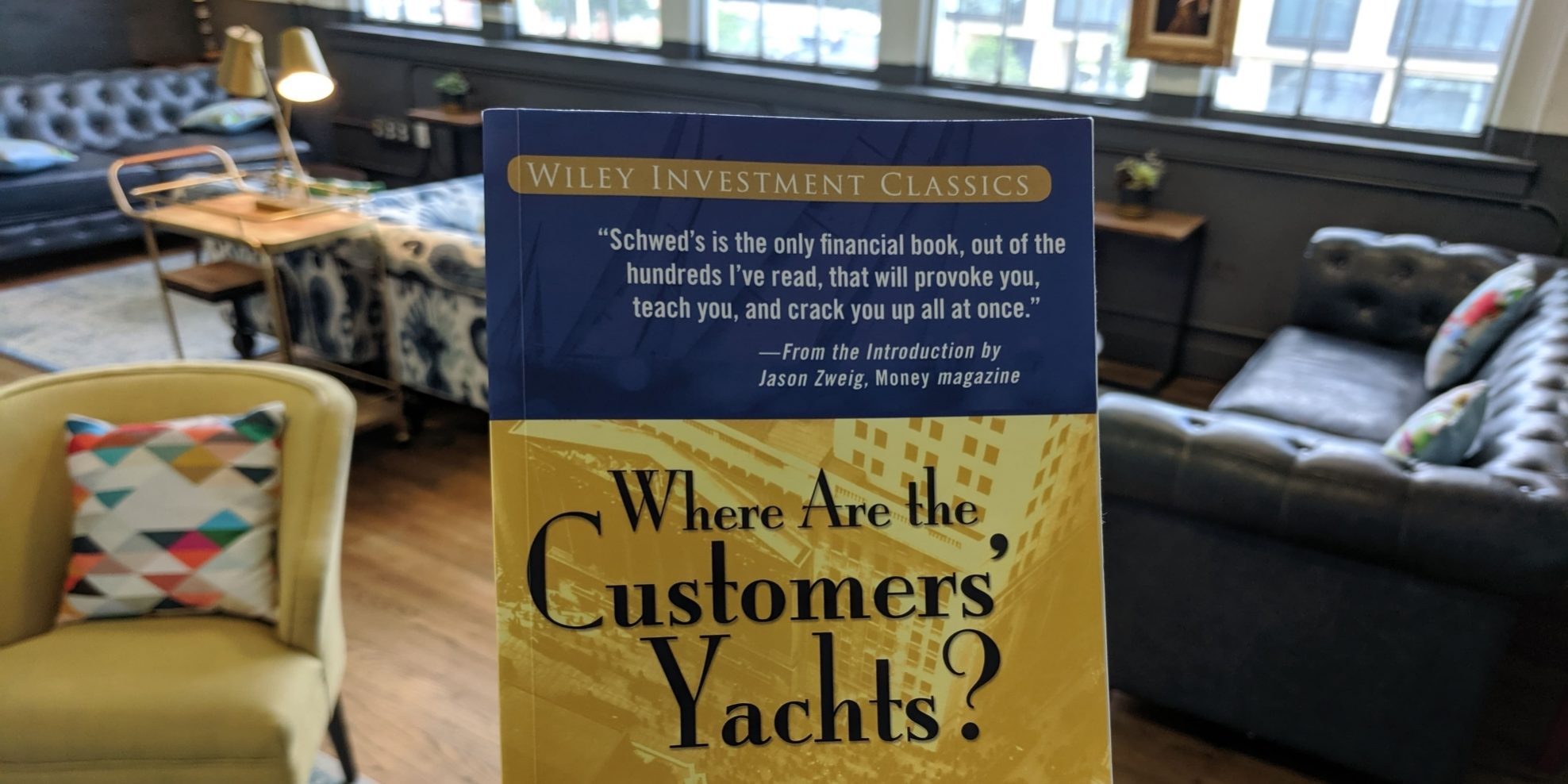
Put in so much hard work that people should question, are you an alien from another planet?
An organization is defined by the culture they have and the ideals they follow. Every organization has its version of culture and ideologies. But the question is, does your company culture reflect your core values? And can it be considered a high-performance culture?
If your organizational culture does not influence your employees to perform better and deliver high-performance, then it might be time to improve and think about it. In this article, we will be discussing how you can build a culture that performs well, ensuring better performance.
What is a high-performing culture?
Before going further, let us first understand what exactly is high-performing culture. An organizational culture where employees dedicate themselves to achieve the targeted goals and objectives without hindering productivity and morale is defined as high-performing culture.
A high performing culture should always have a set standard that is tangible and more realistic. It should be more about driving productivity without limiting satisfaction, which will eventually help an organization in the long run.
Developing a high-performance culture
1. Focusing on Change
Continue reading “How To Create A High Performance Culture?”


